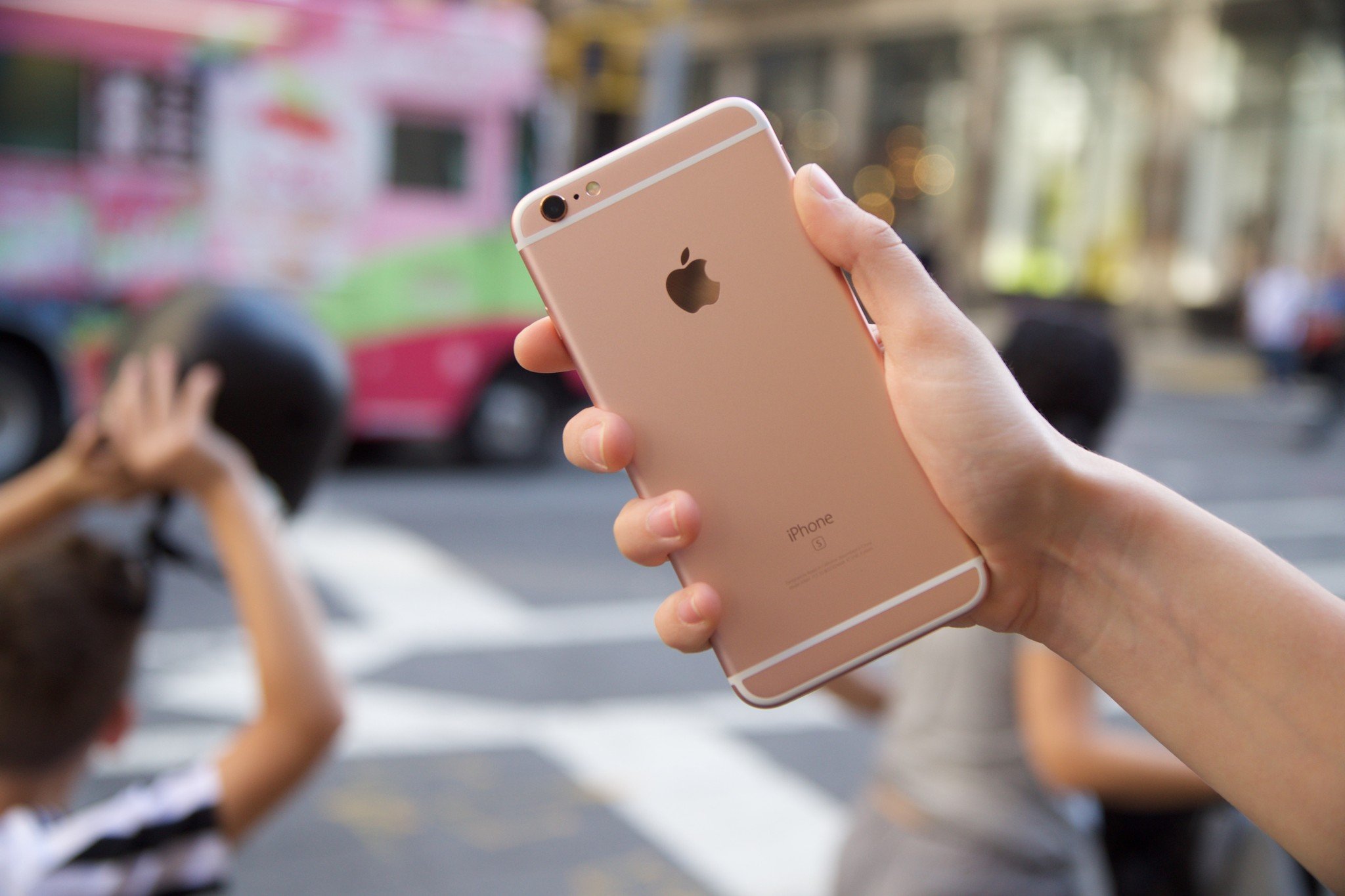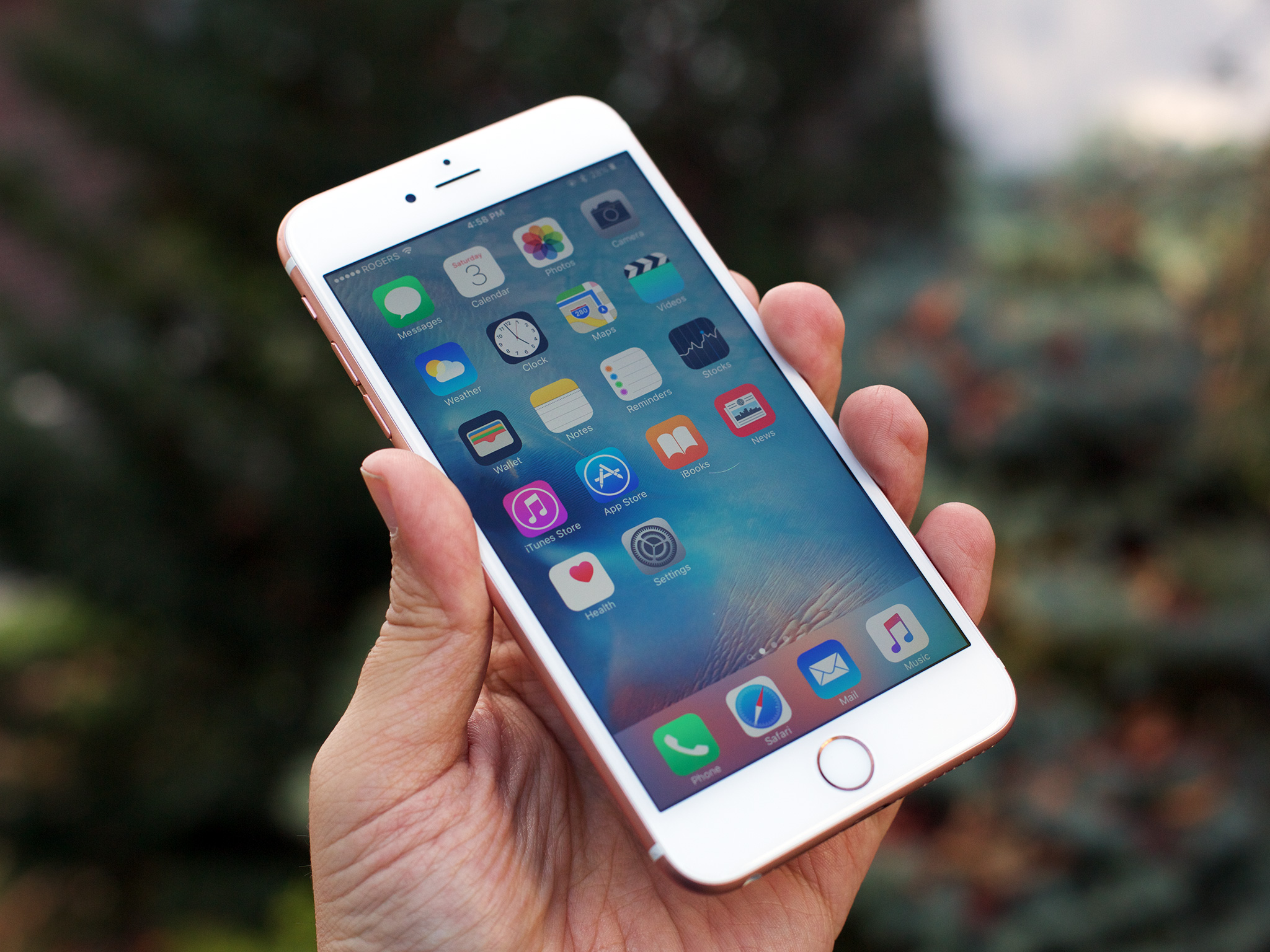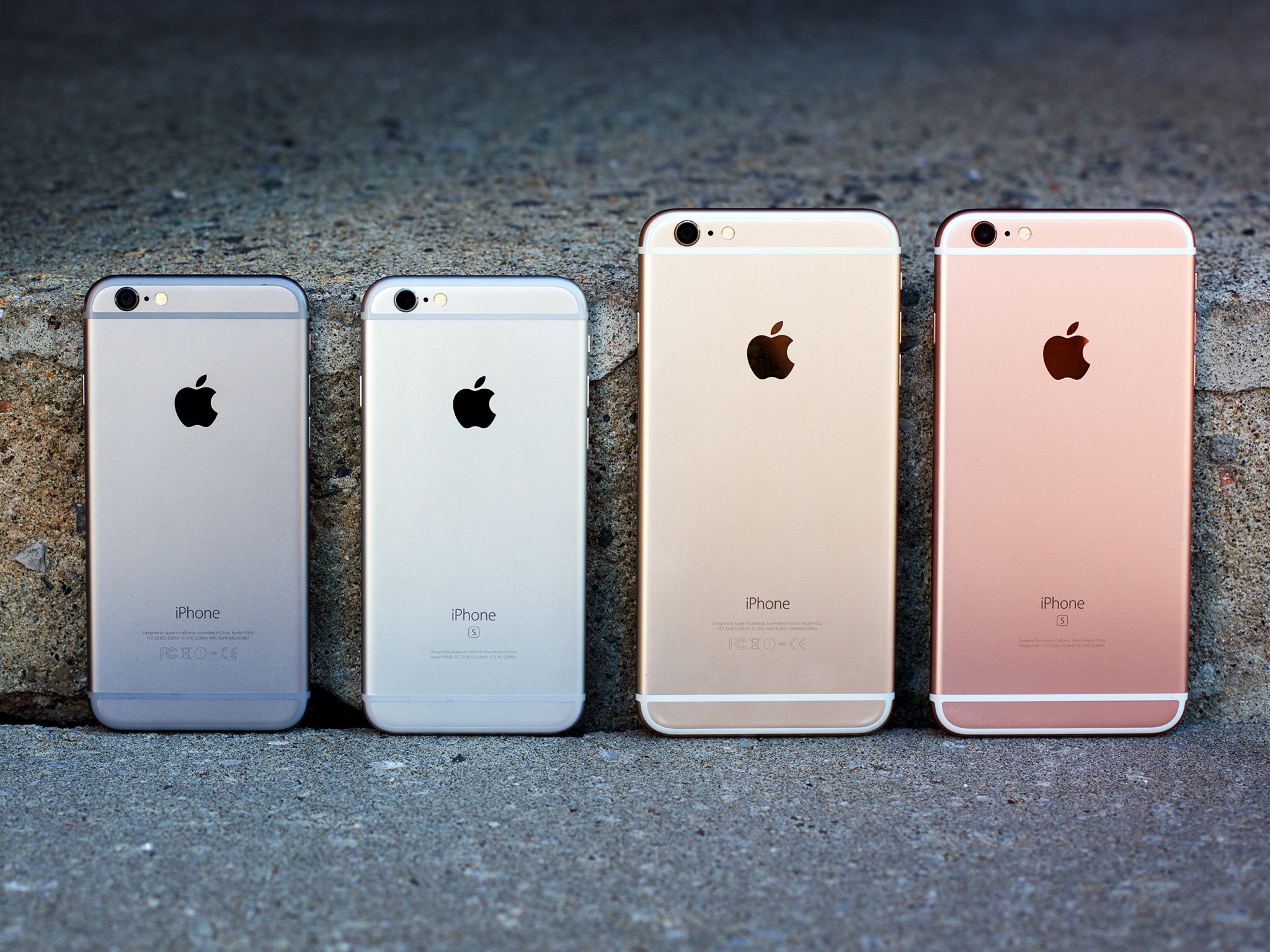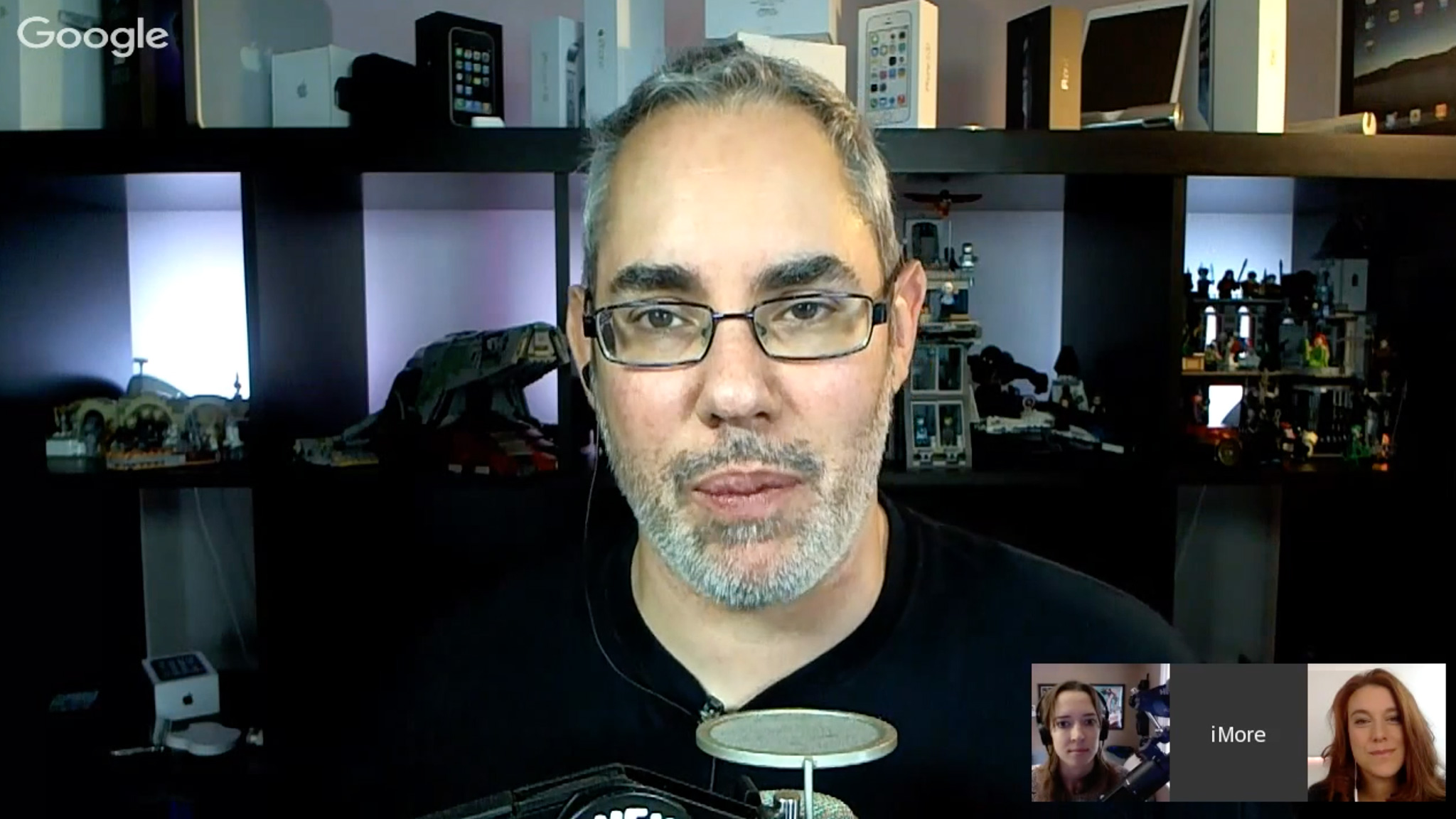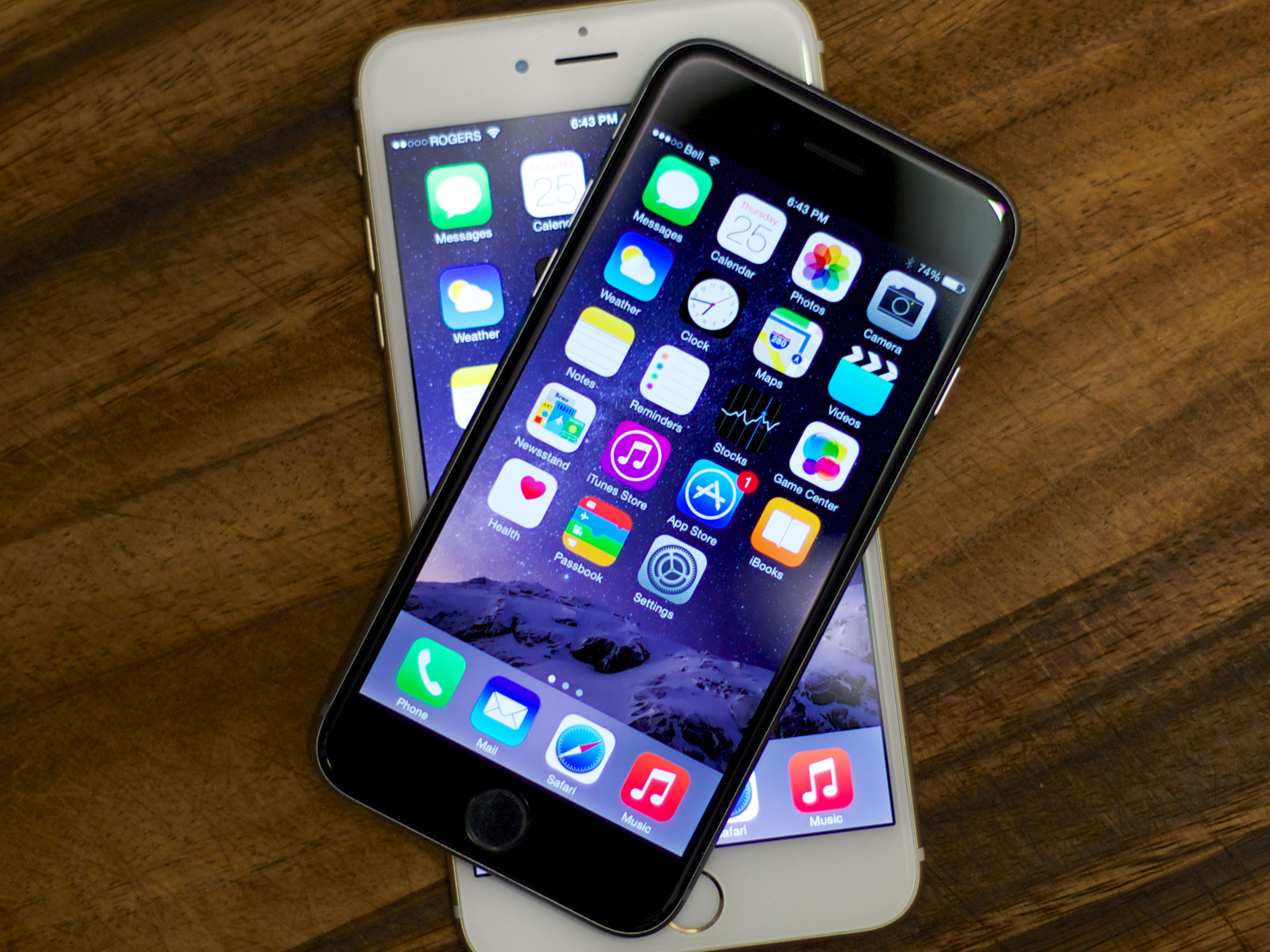Latest about iPhone 6S
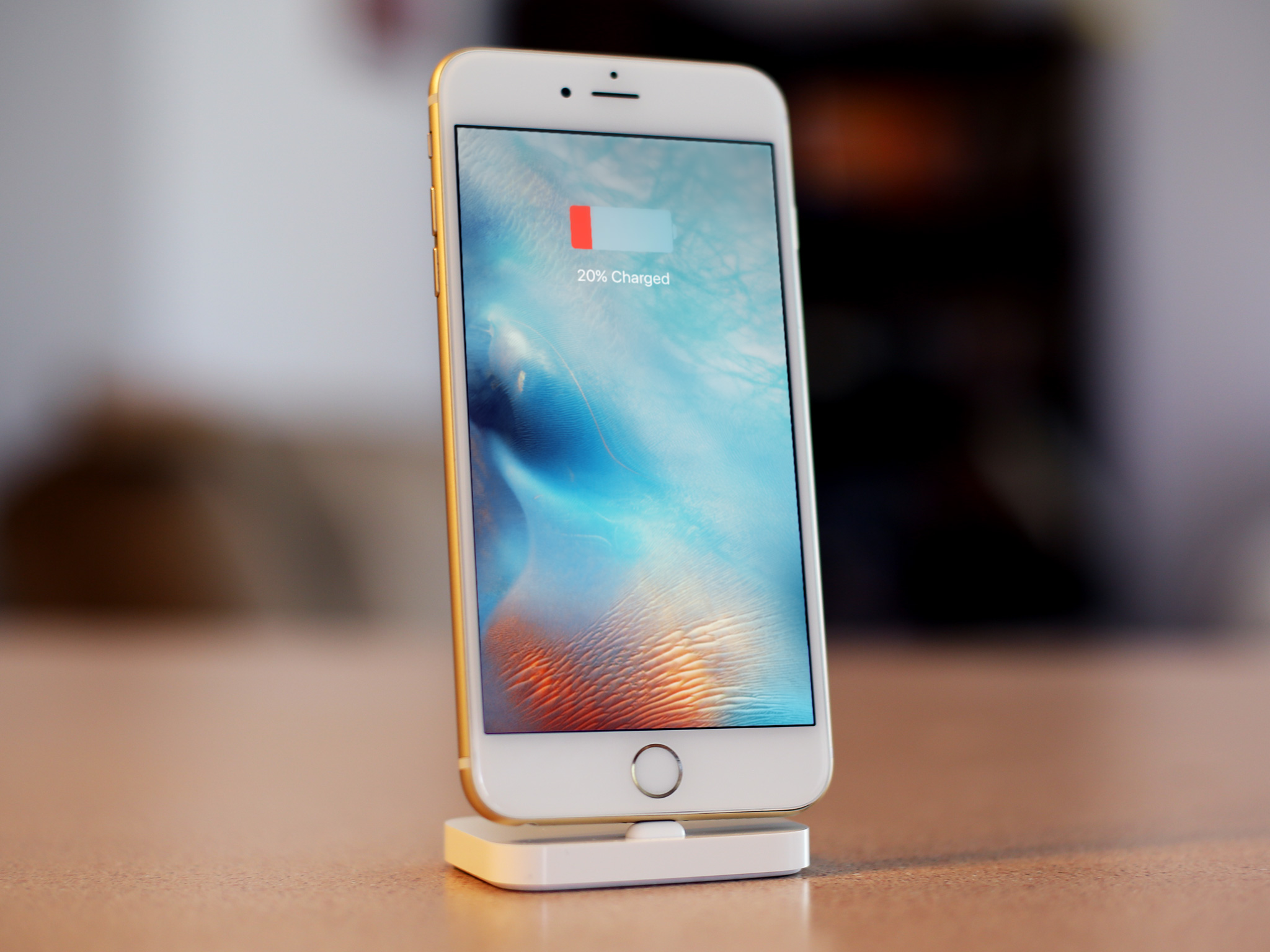
Captain America's iPhone 6s survived Thanos but now it's upgrade time!
By Oliver Haslam published
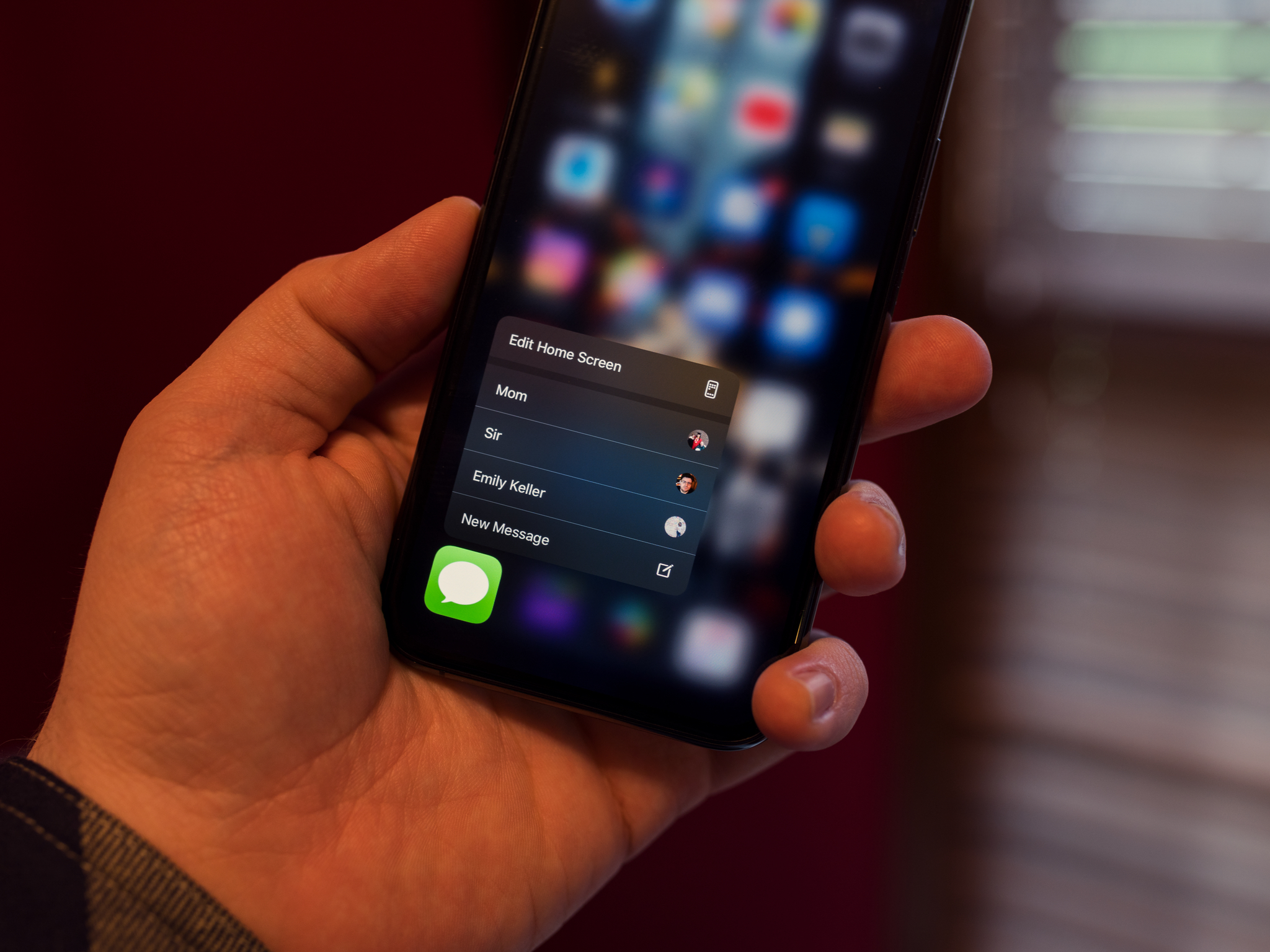
Haptic Touch: The Ultimate Guide
By Rene Ritchie, Joseph Keller published
How does Haptic Touch work? No more 3D pressing, but you trigger actions with a simple press-and-hold action.
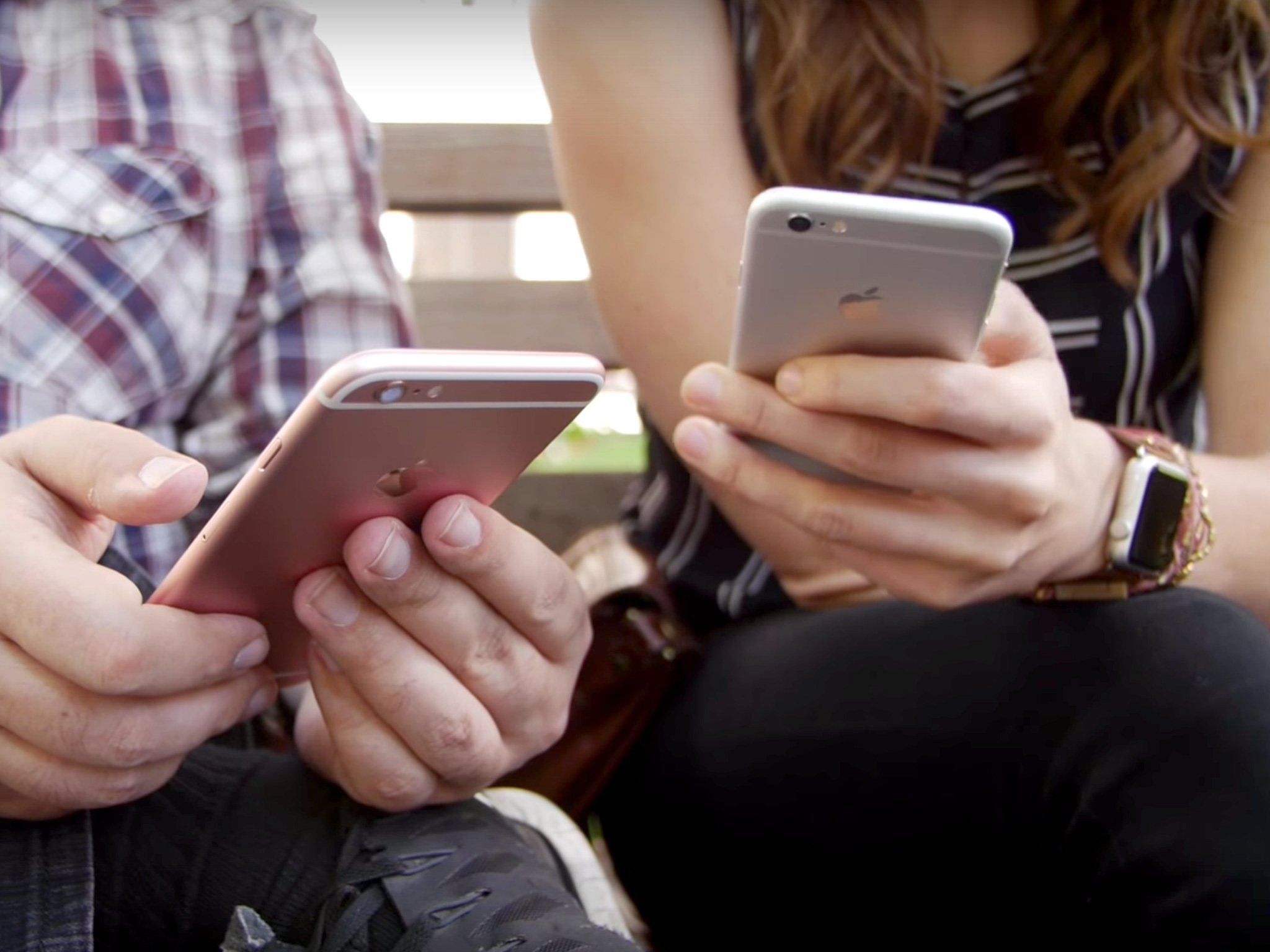
Cheap iPhone deal at Woot drops unlocked 64GB iPhone 6s models to $115
By Adam Oram published

Cheap iPhone deal at Woot drops unlocked iPhone 6s models as low as $80
By Adam Oram published
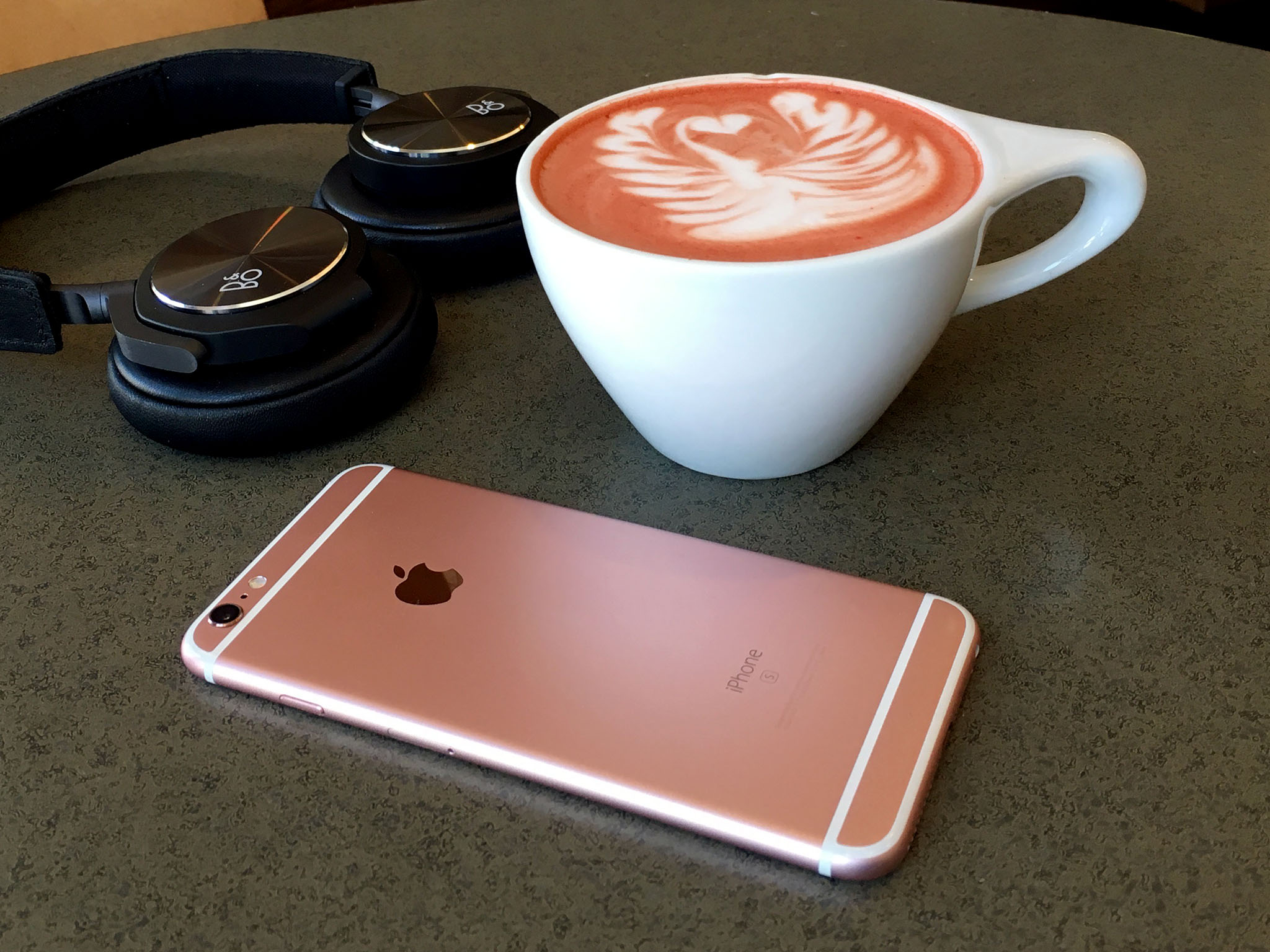
iPhone 6s and 6s Plus models that won't turn on eligible for free repair
By Brandon Russell published
Apple has announced a free repair program for some iPhone 6s and 6s Plus models that were manufactured between October 2018 and August 2019.

iPhone survived 15-month stay at the bottom of a lake
By Danny Zepeda last updated
A YouTuber found an iPhone that was dropped to the bottom of a lake and discovered it worked after spending 15 months down there thanks to protective water cover.

Bon Appétit shot its entire March 'Culture Issue' with the iPhone 6s
By Joseph Keller last updated
Bon Appétit, the food magazine, shot all of the photographs for its March issue using nothing but the iPhone 6s.
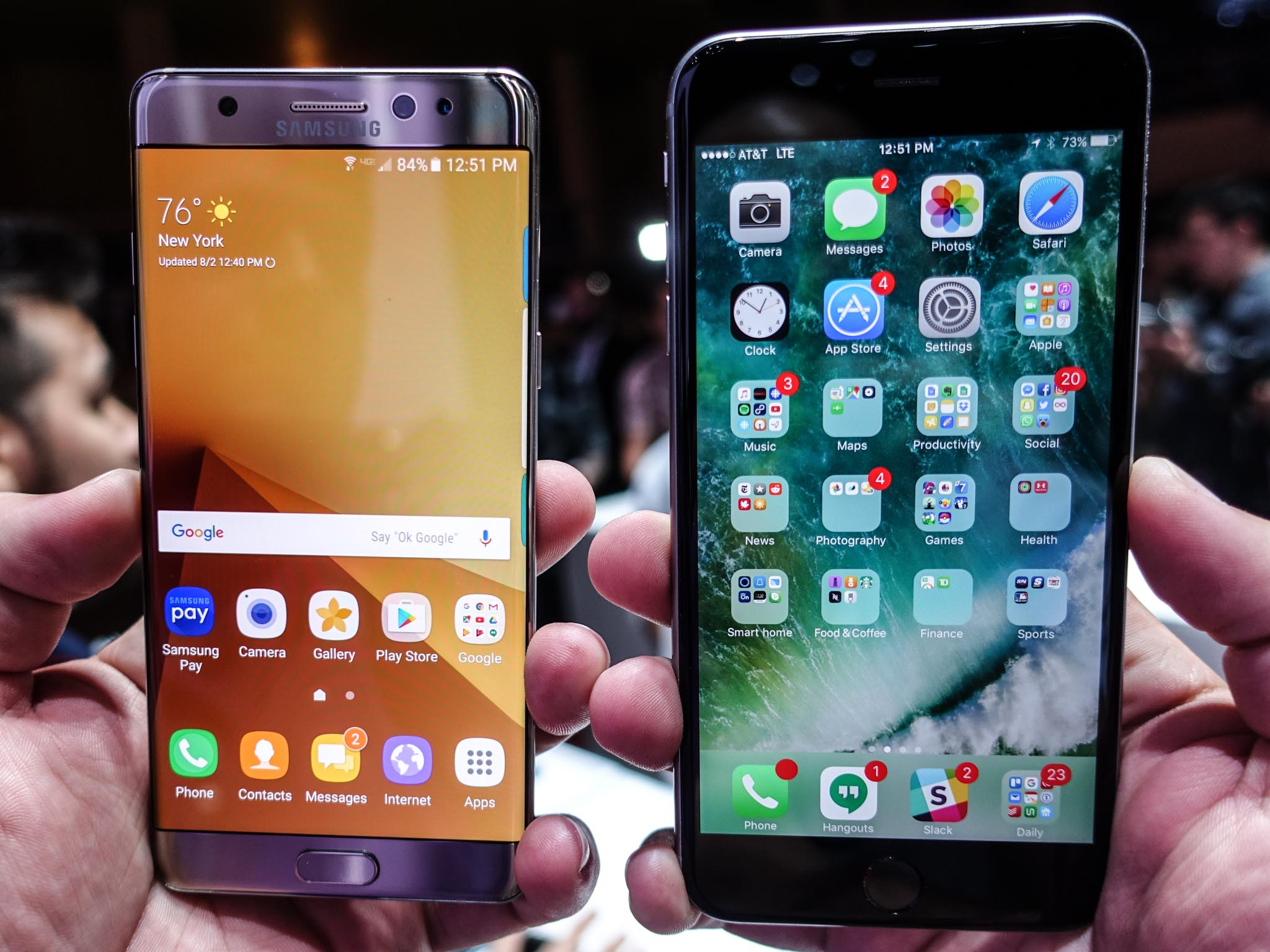
Galaxy Note 7 vs. iPhone 6s Plus: Battle of the big phones!
By Daniel Bader last updated
The Galaxy Note 7 is one of the best Android phones ever made, but is it good enough to take on Apple's best phone right now — and the new one next month?
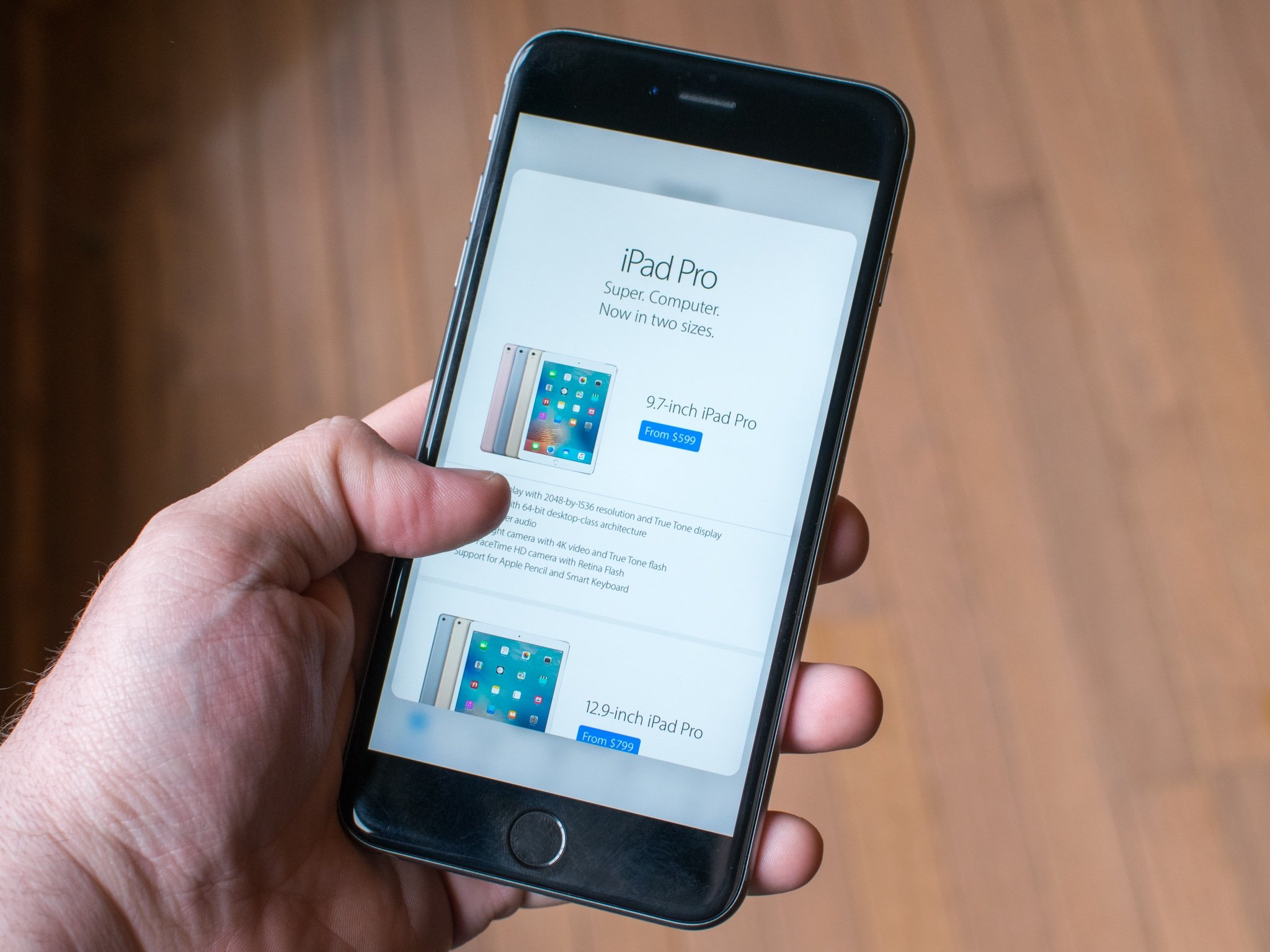
How to replace a broken screen on an iPhone 6s or 6s Plus
By Serenity Caldwell last updated
Cracked your iPhone 6s or 6s Plus screen? We'll be honest: An Apple Store's probably the best bet.
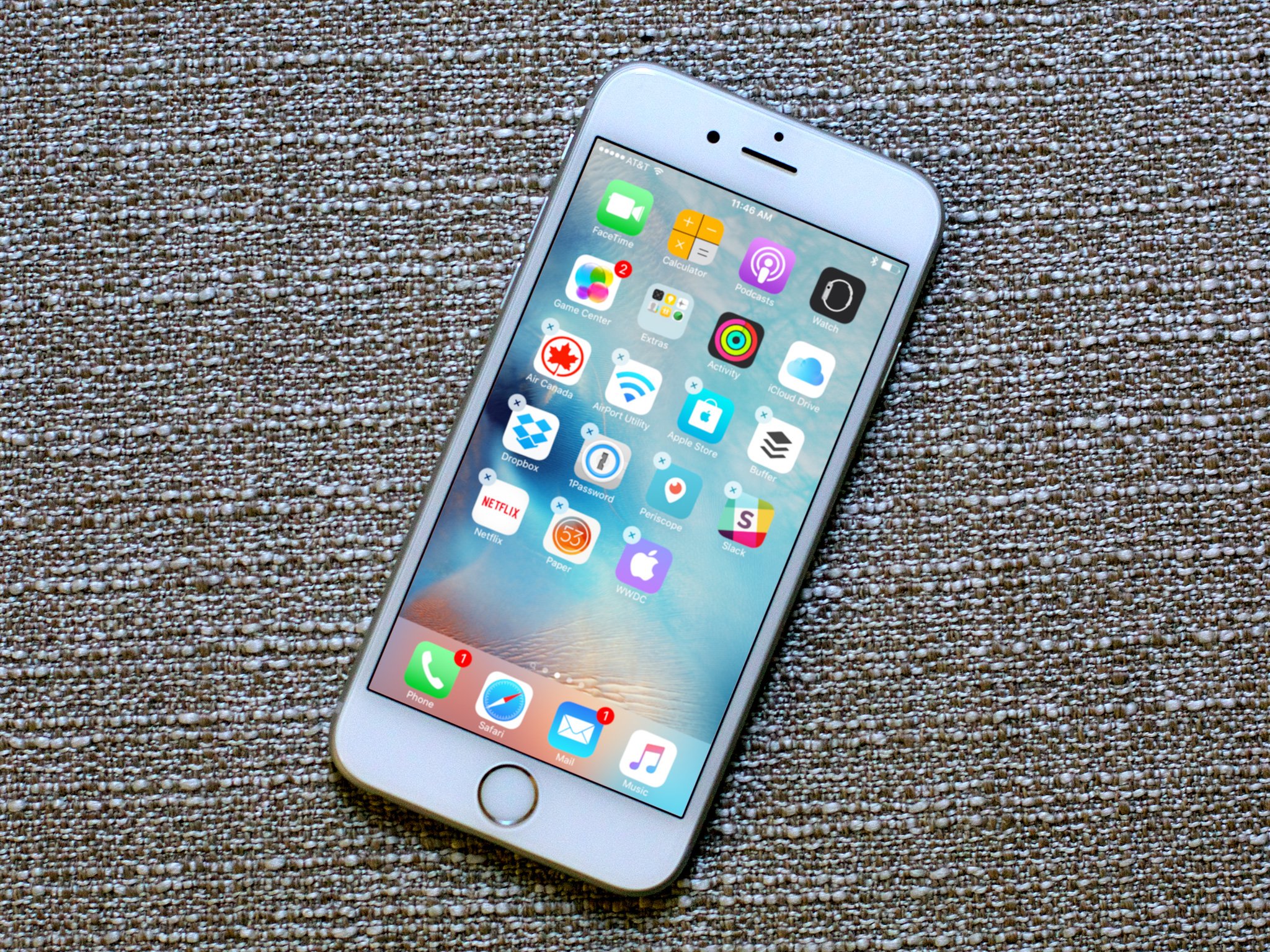
How to move or delete apps in the 3D Touch world of iPhone 6s
By Rene Ritchie last updated
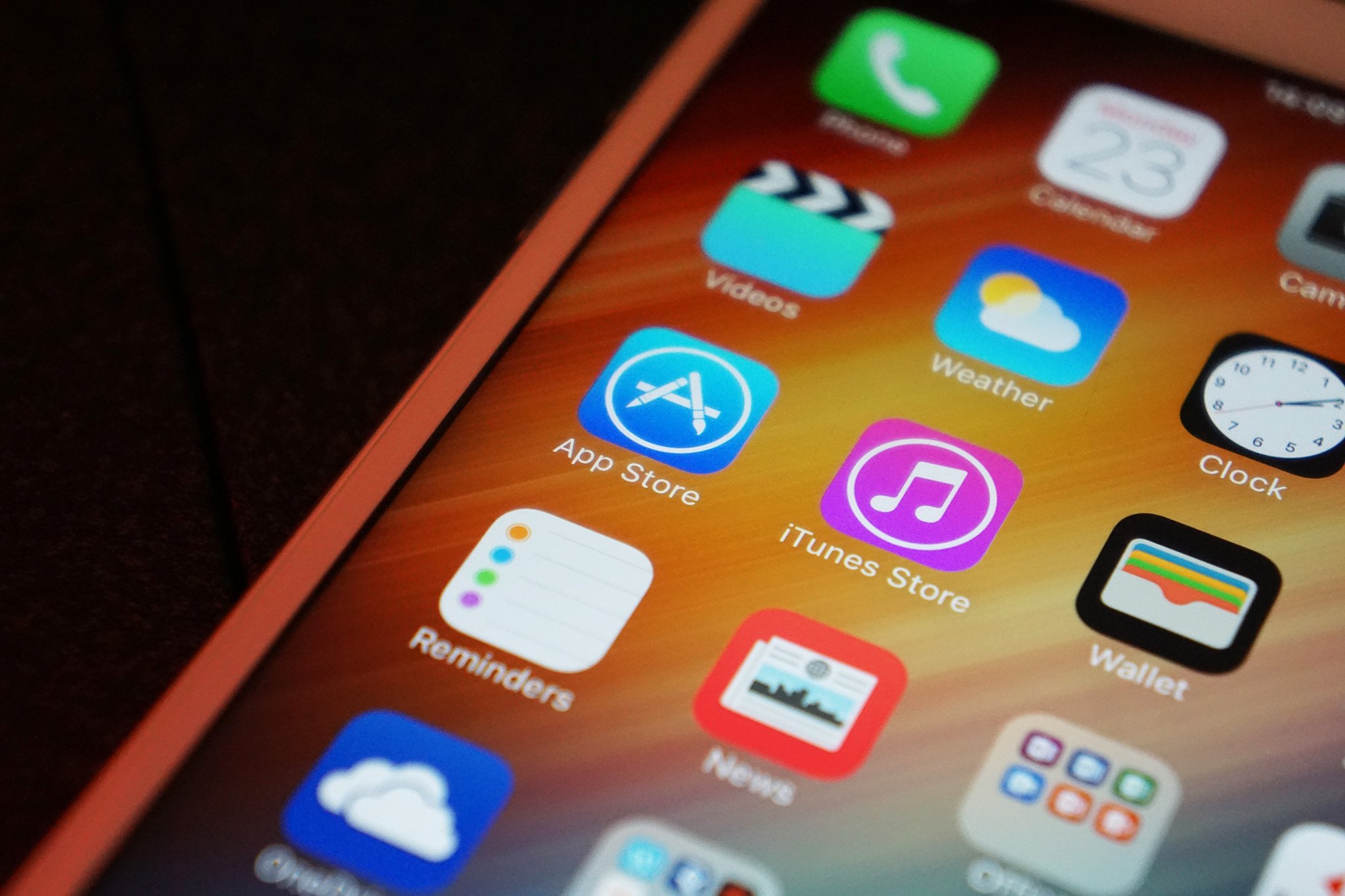
Reviewing the iPhone 6s and iOS 9: Six months later
By Serenity Caldwell, Serenity Caldwell, Serenity Caldwell, Rene Ritchie, Daniel Bader, Lory Gil last updated
The iPhone 6s and iOS 9 are six months old. Here’s what we think.

iPhone SE — Screen sizes and interfaces compared!
By Rene Ritchie last updated
What, if anything, are you missing on the small screen? Here's how iPhone SE stacks up to the bigger displays on iPhone 6s and iPhone 6s Plus!
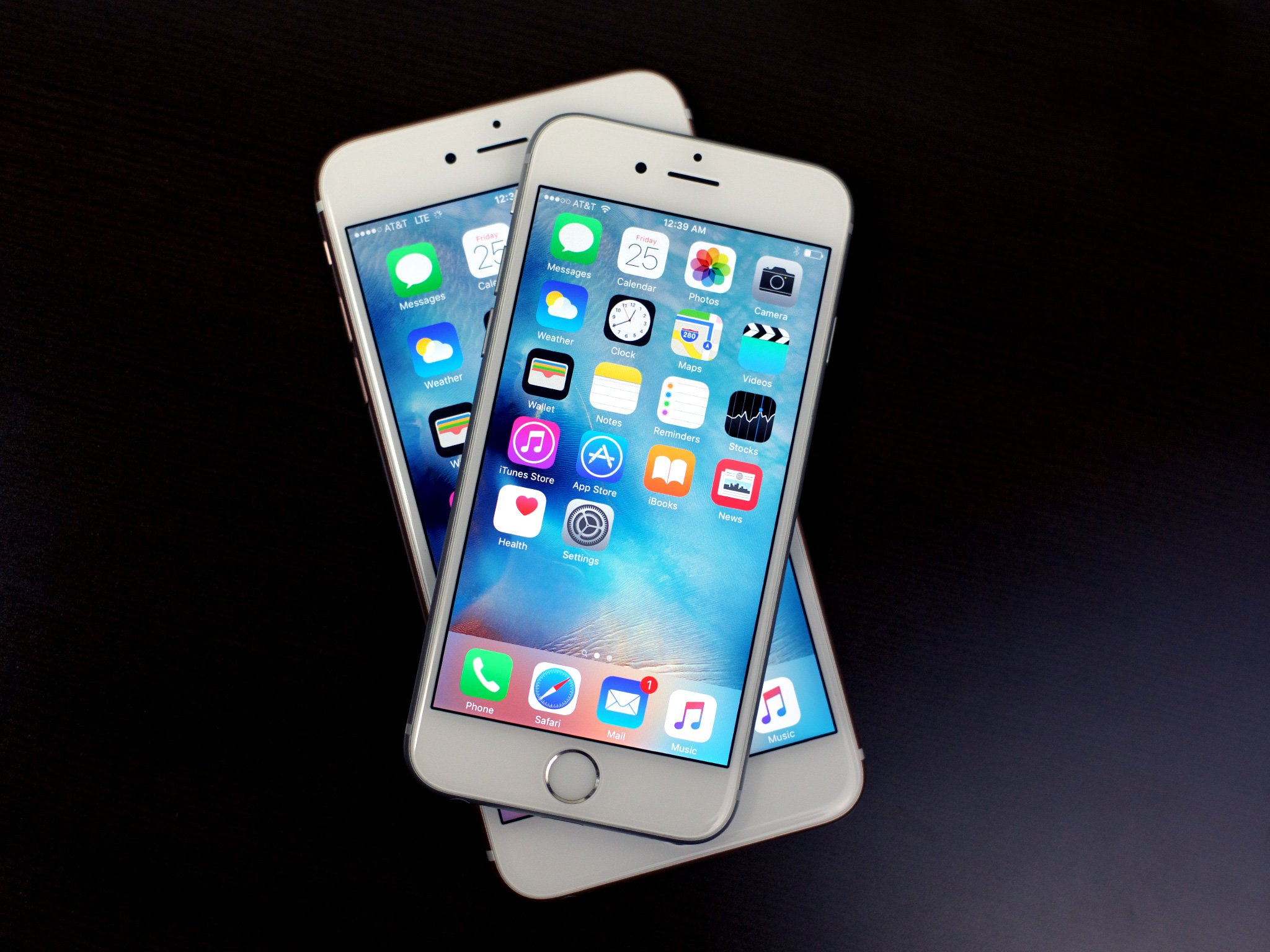
Apple sells over 13 million iPhone 6s and iPhone 6s Plus models in first three days
By John Callaham last updated
Over 13 million and iPhone 6s and iPhone 6s Plus models were sold in its first three days worldwide, according to a newly issued press release from Apple.

Incredible iPhone 6s photography showcased in Apple's new World Gallery!
By Rene Ritchie last updated
Apple is beginning to launch a new World Gallery as a way to bring some attention to the amazing photographers from across the globe that have been shooting on the iPhone 6s and iPhone 6s Plus.
iMore offers spot-on advice and guidance from our team of experts, with decades of Apple device experience to lean on. Learn more with iMore!
